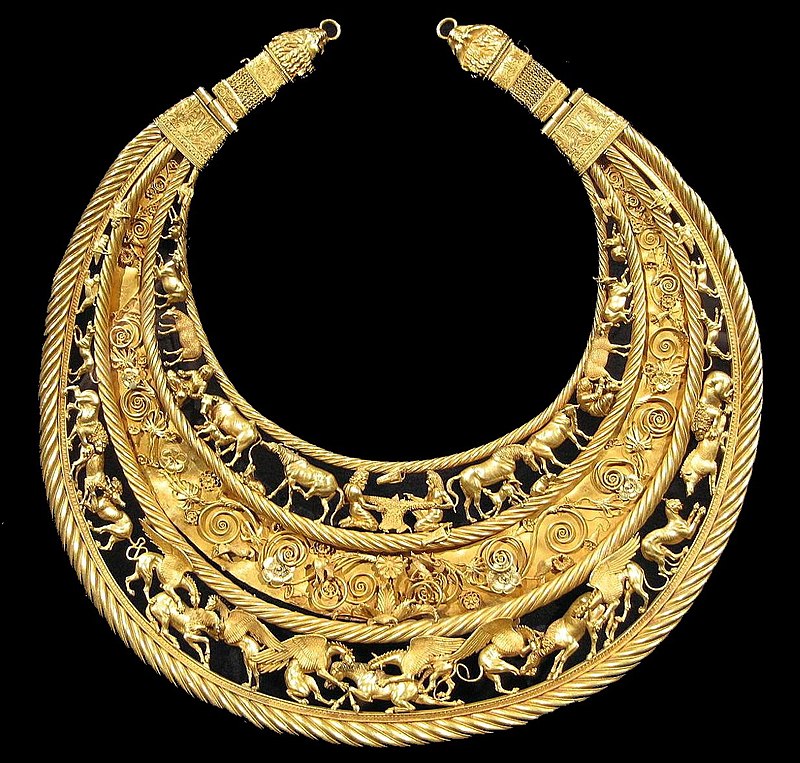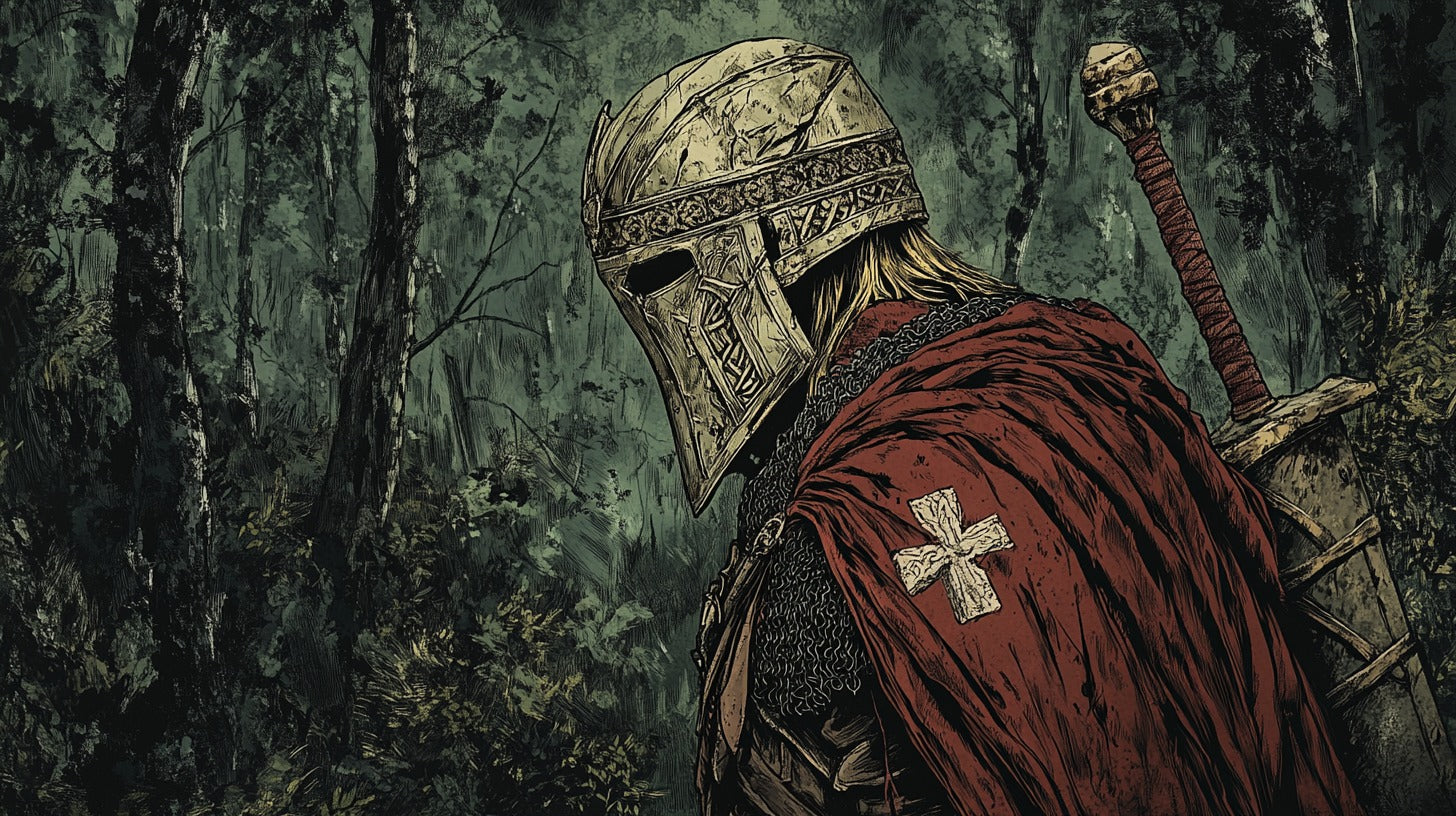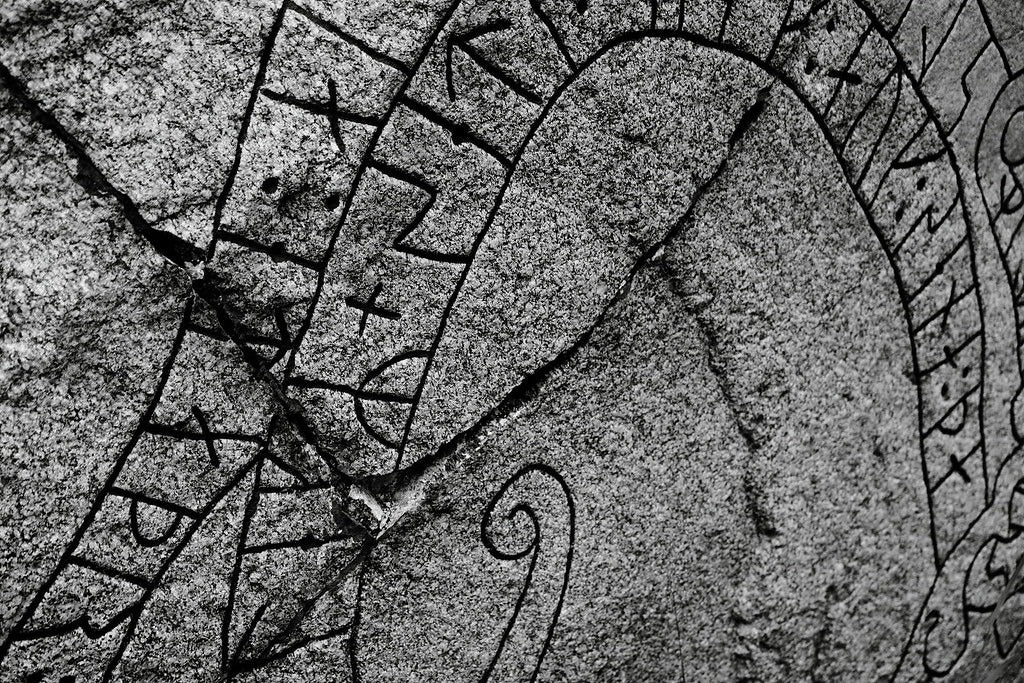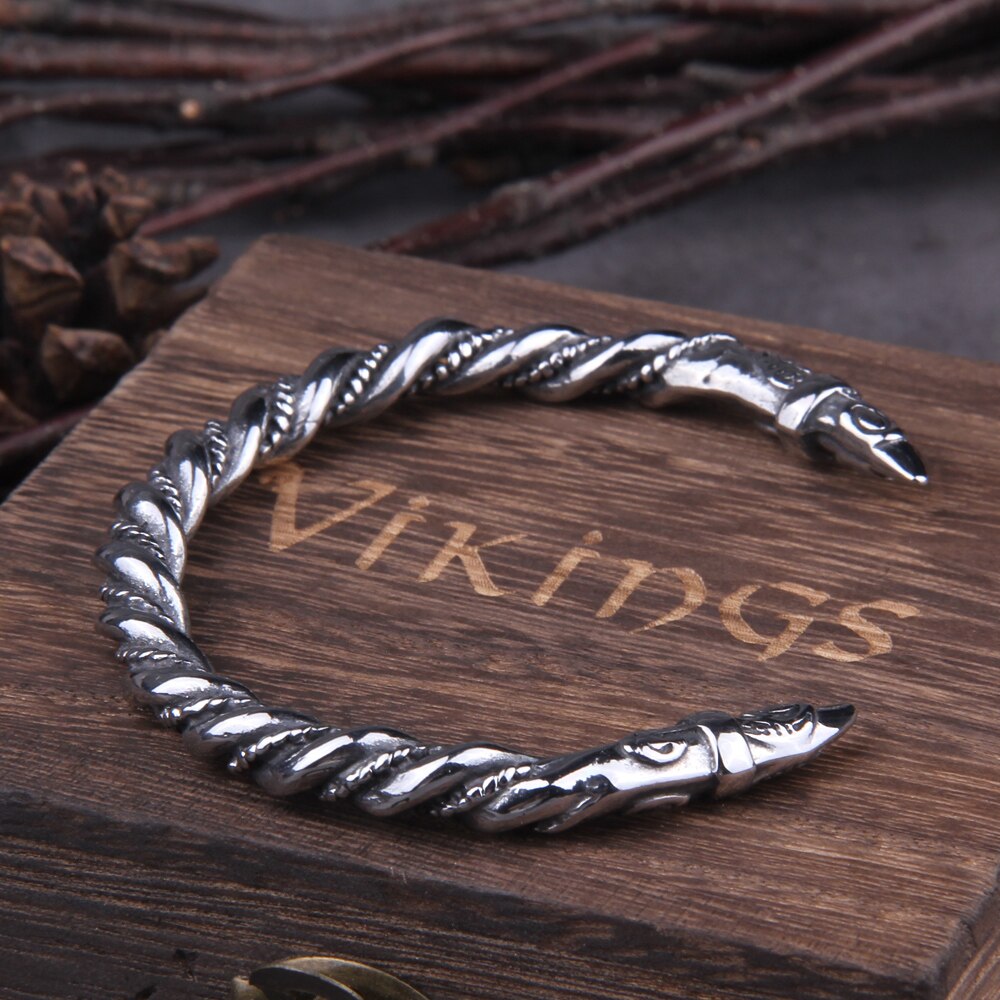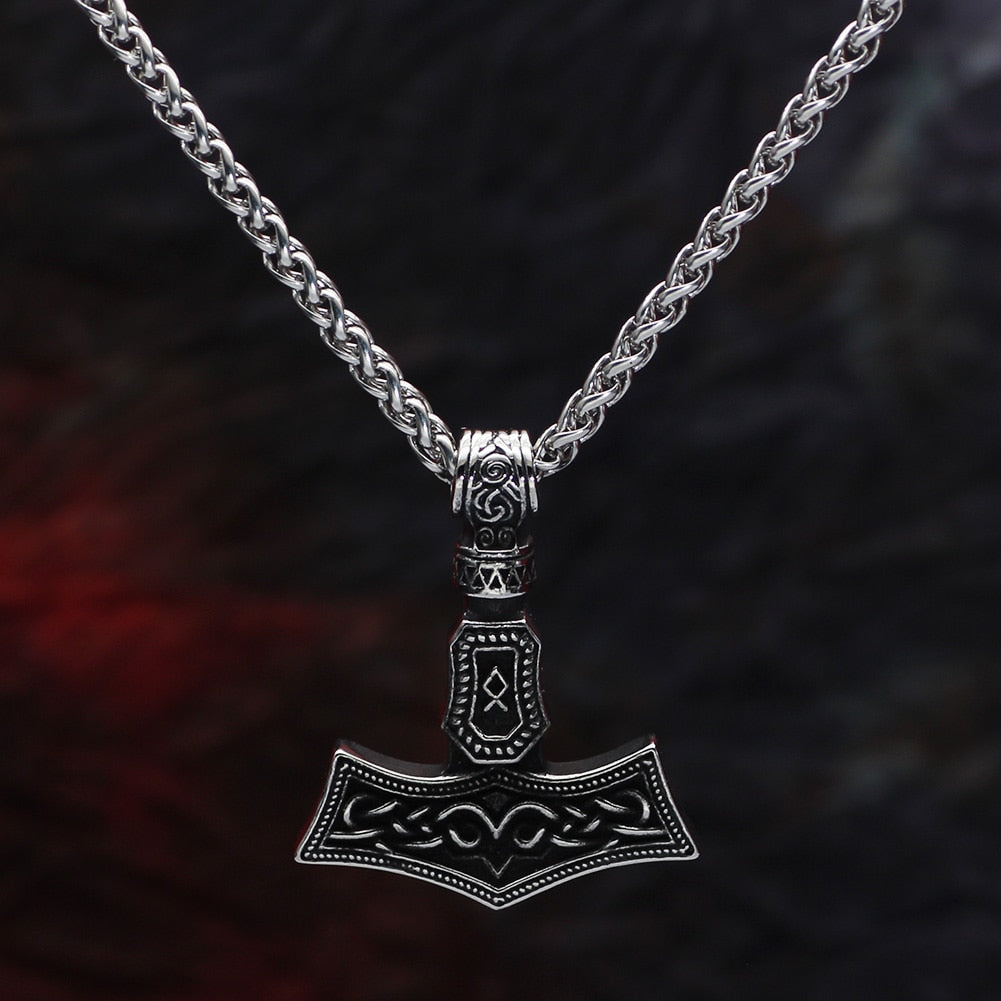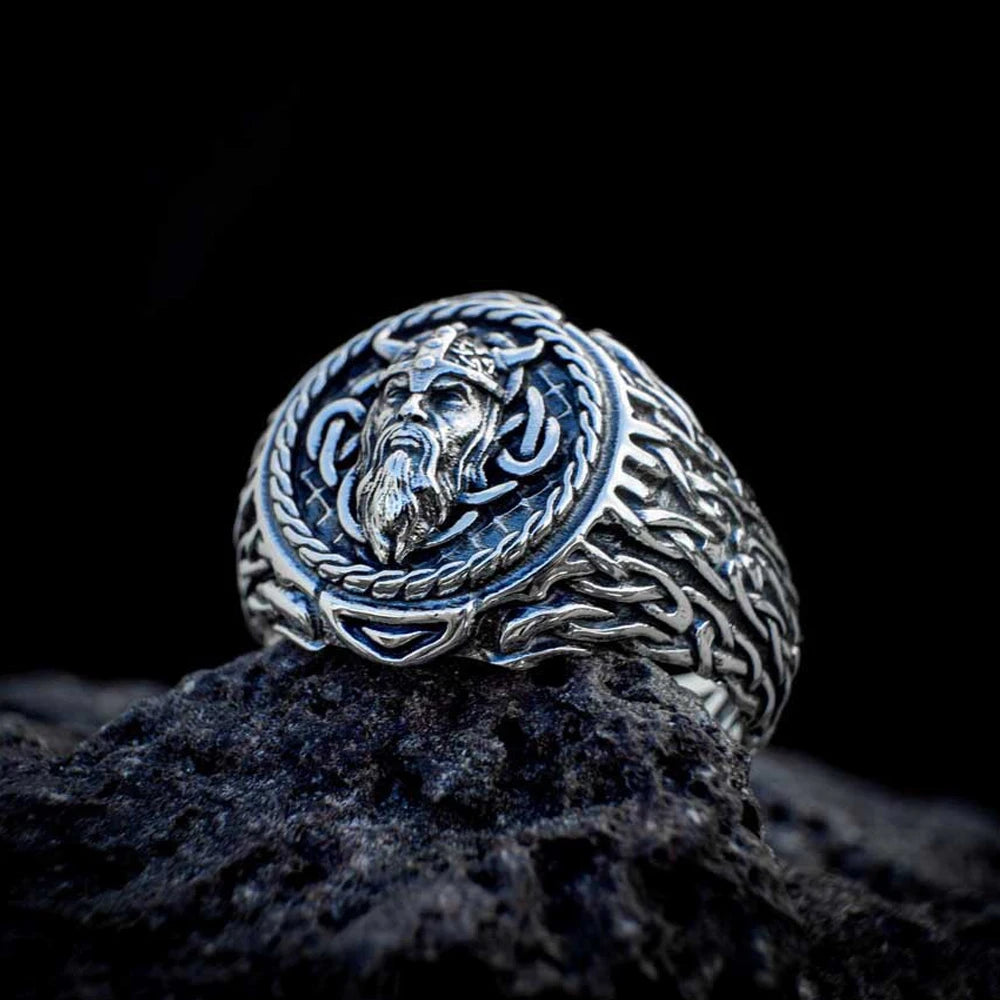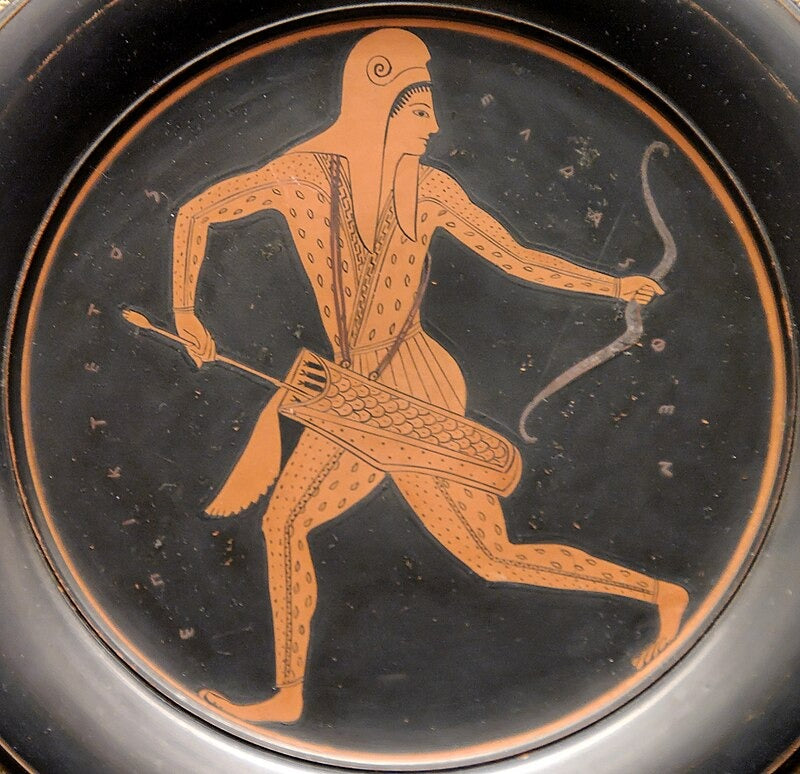
The Scythian Origin Theory of the Irish People: Myth or Historical Reality?
For centuries, a persistent narrative has woven itself through Irish historical tradition—that the Irish people descended from Scythian ancestors who migrated from the Eurasian steppe to Ireland in ancient times. This theory, while largely dismissed by modern scholars, occupies a significant place in traditional Irish origin legends and continues to fascinate those interested in Irish heritage. The claimed Scythian ancestry represents one of the most enduring yet contentious aspects of Ireland's pseudohistorical tradition, serving as a foundation for Irish identity formation during crucial periods of national development.
This article examines the origins and evolution of the Scythian theory, assesses the limited evidence presented in its favor, analyzes linguistic arguments, and contextualizes the theory within broader scholarly debates on Irish origins. By exploring medieval manuscripts, etymological claims, archaeological findings, and modern genetic research, we can better understand how this narrative emerged and why it persisted despite limited empirical support.
Historical Context

Marble statue of a Scythian warrior, armed with axe, bow, and spear. Believed to be a Greek creation from the 4th–2nd century BCE, it retains traces of red pigment and gold leaf (Photo: Walters Art Museum CC BY-SA 4.0).
Who Were the Scythians?
The Scythians were nomadic Indo-European pastoralists who dominated the Pontic-Caspian steppe from approximately the 9th century BCE to the 1st century CE. Known for their horsemanship, impressive metalwork, and distinctive artwork, they controlled vast territories stretching from modern Ukraine and southern Russia into Central Asia. Greek, Persian, and Chinese historical sources describe them as formidable warriors who developed a sophisticated culture based around horse-riding, animal husbandry, and trade.
Archaeological evidence reveals the Scythians maintained extensive networks across Eurasia, with their cultural influence extending far beyond their core territories. Their burial mounds (kurgans) have yielded remarkable artifacts demonstrating advanced artistic and metallurgical skills. While primarily nomadic, some Scythian groups established semi-permanent settlements, particularly in areas like Crimea and the northern Black Sea coast.
Early Ireland: What We Actually Know
Archaeological evidence indicates Ireland was first settled by hunter-gatherers around 8000 BCE, following the retreat of glaciers after the last Ice Age. The transition to agriculture began around 4000 BCE with the arrival of Neolithic farmers, bringing new technologies and cultural practices from continental Europe. The Bronze Age (approximately 2000-600 BCE) saw significant developments in metalworking and trade connections with Britain and continental Europe.
The Iron Age in Ireland (roughly 600 BCE to 400 CE) witnessed the emergence of Celtic cultural and linguistic patterns, though the nature and extent of actual Celtic migrations remain debated. By the time of the earliest written records about Ireland (primarily Greek and Roman sources), the island was inhabited by peoples with Celtic linguistic and cultural characteristics, organized into a complex society of kingdoms and tribal territories.
This established archaeological and historical timeline contrasts sharply with the medieval origin legends that would later connect the Irish to Scythian ancestors.
Origins of the Theory
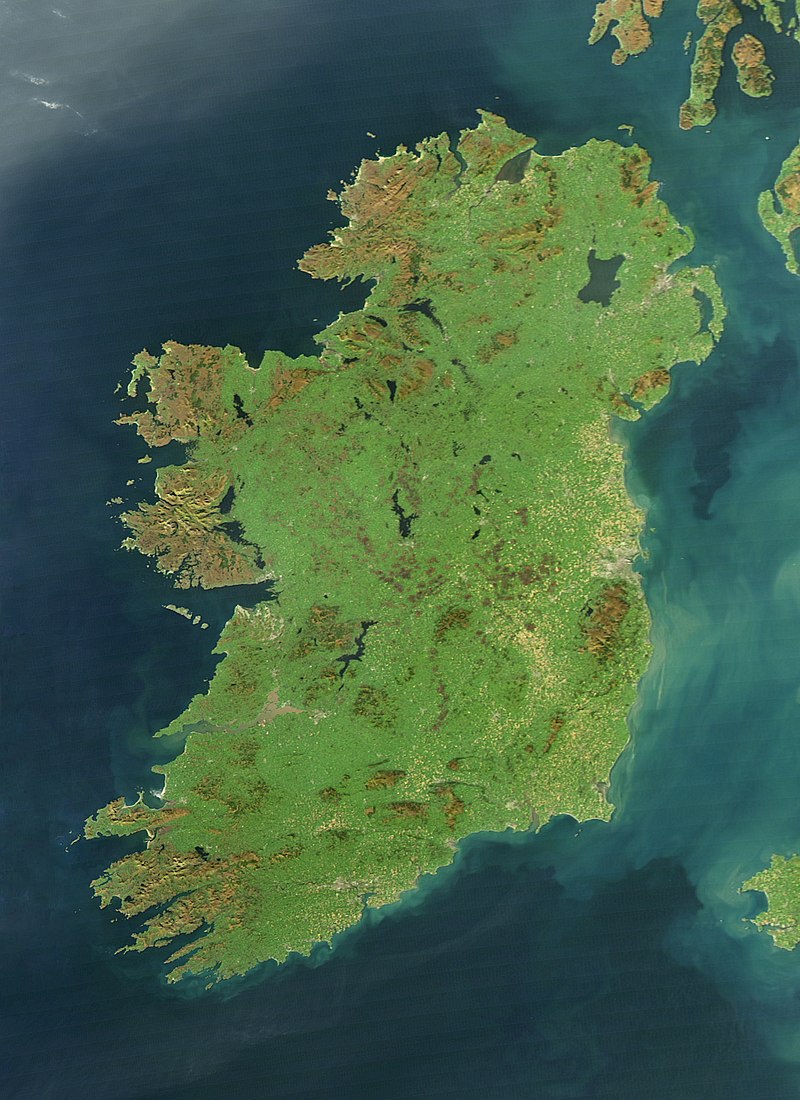
Satellite view of Ireland (Photo: Jeff Schmaltz, NASA Earth Observatory
Medieval Irish Origin Legends
The Scythian origin theory emerges primarily from medieval Irish manuscripts written centuries after the periods they purport to describe. These texts were composed in Christian monastic contexts, where scribes and scholars attempted to harmonize native Irish traditions with biblical narratives and classical learning. The most significant text propagating the Scythian connection is the Lebor Gabála Érenn (The Book of Invasions or The Book of the Taking of Ireland), a pseudohistorical account compiled in the 11th century but incorporating much older materials.
Other important sources include the Leabhar Gabhála (Book of Conquests), Chronicum Scotorum (Chronicle of the Irish), and various genealogical tracts that sought to link Irish royal lineages to biblical figures. These texts represent sophisticated attempts to create a coherent narrative of Irish origins compatible with medieval European historical frameworks and Christian theology.
Pseudohistorical Framework
The medieval pseudohistorical tradition addressing Irish origins operated within specific intellectual constraints. Medieval historians throughout Europe commonly traced their nations' origins to biblical and classical sources, situating their people within the known framework of history as understood through scripture and Greco-Roman texts. For Irish clerical scholars, establishing connections to biblical genealogies was particularly important, as it incorporated Ireland into salvation history and the divine plan.
The foundation narratives also served political purposes, providing legitimacy (whether true or not) to ruling dynasties by connecting them to ancient and prestigious lineages. These texts should be understood not as attempts at objective historical reconstruction in the modern sense, but as cultural products serving specific religious, political, and social functions within medieval Irish society - similar to the Anglo-Saxons claiming their Odinic lineage descended from Noah.
Lebor Gabála Érenn: The Book of Invasions

Lebor Gabála Érenn: The Book of the Taking of Ireland Hardcover - Hardcovers & Paperbacks
Content and Claims
The Lebor Gabála Érenn presents a sequential narrative of six "takings" or invasions of Ireland, with the Scythian connection appearing in the story of the Gaels (Milesians), who are portrayed as the final and definitive conquerors of Ireland. According to this account, the Gaelic ancestors originated in Scythia, where a figure named Fénius Farsaid established a school of languages after the confusion at Babel. His descendant Goídel Glas created the Irish language (Goídelc, later Gaelic) by combining the best elements of the 72 languages resulting from Babel.
The narrative continues with the Gaels migrating to Egypt, where they served the Pharaoh and where Goídel Glas was allegedly healed of a snake bite by Moses—explaining why Ireland has no snakes. From Egypt, they journeyed to Crete and Sicily, then to Spain, where they established a kingdom. Finally, the sons of Míl Espáine (Milesius of Spain, but with Scythian ancestry according to the text) conquered Ireland, defeating the Tuatha Dé Danann who were then forced to retreat into the Irish otherworld.
Historical Context of the Text
The Lebor Gabála was composed during a period of significant political and cultural development in Ireland. Following the Viking incursions and the gradual integration of Norse settlements into Irish political structures, there was renewed interest in articulating a distinctive Irish identity. The text should be understood as part of a broader cultural project that sought to establish Ireland's place within European history and Christian cosmology.
The narrative draws heavily on biblical models, particularly the Exodus story and the Tower of Babel account. It also incorporates elements from classical sources, especially Virgil's Aeneid, which similarly traces the origins of the Romans through a wandering migration following the fall of Troy. These parallel narrative structures reflect the educated clerical environment in which the text was produced, where biblical and classical learning was highly valued.
Linguistic Evidence
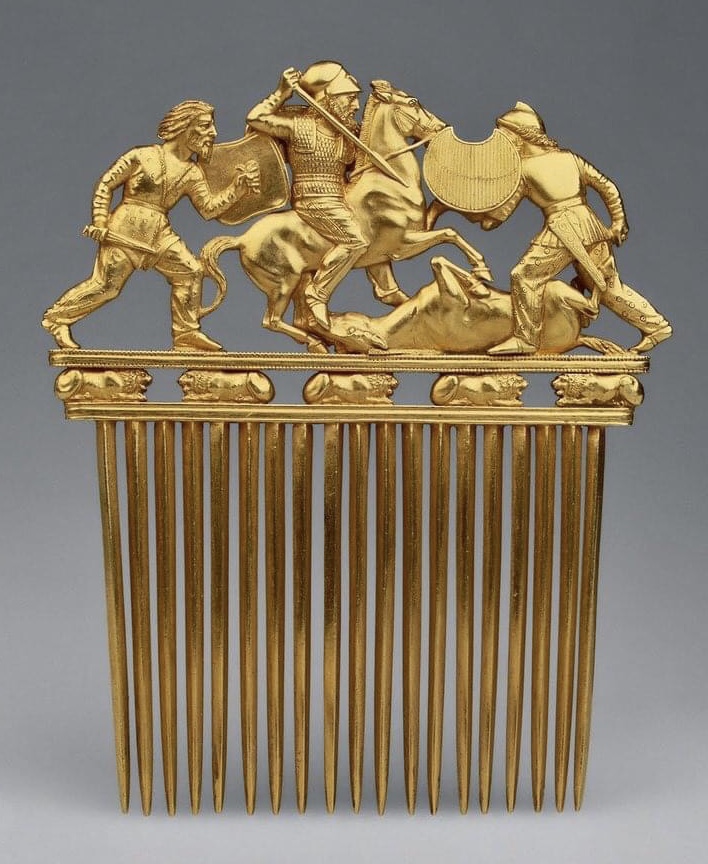
Scythian gold comb from Solokha, early 4th century BC
Claims of Linguistic Connections
Proponents of the Scythian theory have sometimes pointed to alleged linguistic similarities between Scythian words (primarily preserved in Greek sources) and Old Irish. These arguments typically focus on a small number of terms related to social organization, warfare, or geography. Some nineteenth-century philologists suggested parallels between Scythian tribal names mentioned by Herodotus and certain Irish ethnonyms.
Other linguistic arguments have centered on proposed similarities between Irish and various Iranian languages (as Scythian is believed to have been an Eastern Iranian language). These include comparisons with Ossetian, a modern language descended from Scythian-Sarmatian dialects, and Middle Persian sources.
Modern Linguistic Analysis
Modern linguistic scholarship provides little support for direct connections between Scythian and Old Irish. While both languages belong to the broader Indo-European family, they represent different branches—Celtic for Irish and Iranian for Scythian—that had diverged thousands of years before any proposed contact. The limited Scythian vocabulary preserved in classical sources and deciphered from inscriptions shows expected Iranian characteristics rather than specific affinities with Celtic languages.
The Irish language clearly belongs to the Celtic branch of Indo-European, sharing systematic sound changes and grammatical features with other Celtic languages. Linguistic evidence firmly places the development of Proto-Celtic in central Europe during the late Bronze Age and early Iron Age, with Celtic languages spreading westward into the British Isles, not arriving via a Scythian-Egyptian-Spanish route as suggested in the medieval narratives.
Any superficial word similarities can be better explained through the common Indo-European heritage of both language groups rather than direct historical connections in the timeframe suggested by the medieval origin legends.
Archaeological Perspectives
Gold pectoral, or neckpiece, from an aristocratic kurgan in Tovsta Mohyla, Pokrov, Ukraine, dated to the second half of the 4th century BC, of Greek workmanship but of Scythian style
Material Culture Comparisons
Archaeological evidence provides no support for direct Scythian migration to Ireland. Scythian material culture is highly distinctive, characterized by specific styles of weaponry, horse gear, animal art, and burial practices. These distinctive archaeological signatures are entirely absent from the Irish archaeological record during the relevant periods (Bronze Age through early medieval).
Irish material culture during the Iron Age shows clear connections to the La Tène cultural sphere of continental Europe, with distinctively Celtic artistic motifs and technological features. While both Scythian and Celtic cultures produced impressive metalwork, their stylistic traditions developed independently, with different techniques, motifs, and cultural contexts.
Migration Pattern Evidence
Archaeological findings across Europe have helped reconstruct ancient migration routes and cultural diffusion patterns. These established patterns show Celtic cultural and likely population movements radiating westward and northward from central European centers, not from the Pontic steppes westward through the Mediterranean as the Scythian origin theory would require.
The material record shows gradual cultural transitions within Ireland, with evidence of continuity alongside innovation, suggesting complex processes of cultural diffusion, trade networks, and probable small-scale population movements rather than wholesale replacement through conquest as depicted in the medieval narratives.
DNA and Genetic Studies

Norse & Celtic Heritage Arm Ring: Yggdrasil & Celtic Knots
Modern Genetic Research on Irish Origins
Recent archaeogenetic research has transformed our understanding of prehistoric population movements in Europe, including Ireland. DNA studies of ancient and modern Irish populations show a complex genetic history comprising several distinct ancestral components:
-
Mesolithic hunter-gatherer ancestry dating to the first settlers after the Ice Age
-
Early Neolithic farmer ancestry from populations originating in the Near East
-
Steppe ancestry associated with the Yamnaya culture, which spread across Europe during the Bronze Age
-
Later genetic influences from various European sources, including British and continental connections
While the steppe component does connect the Irish to Eurasian pastoralist populations, this genetic influence arrived around 2000 BCE as part of the broader Indo-European expansions that affected most of Europe. This significantly predates the timeframe of historical Scythians (1st millennium BCE) and does not support the specific migration narrative in the Lebor Gabála.
Implications for the Scythian Theory
Genetic studies effectively rule out any significant, direct Scythian contribution to the Irish gene pool as described in the medieval narratives. The steppe ancestry present in Irish genomes arrived through complex prehistoric population movements throughout Europe, not via a direct Scythia-Egypt-Spain route.
The genetic evidence instead supports a model of Irish population history involving multiple smaller-scale migrations over thousands of years, with the largest shifts occurring during the Neolithic transition and the Bronze Age. The Irish population shows genetic continuity over the past 4,000 years, with gradual influences rather than wholesale replacement, contradicting the conquest narrative in the Lebor Gabála.
Scholarly Debate Through History

Gaelic Irish soldiers in the Low Countries, from a drawing of 1521 by Albrecht Dürer
Medieval and Early Modern Perspectives
Medieval Irish scholars generally accepted the Scythian origin narrative as historical fact, incorporating it into genealogies and histories. The theory gained additional traction during the early modern period when antiquarians throughout Europe were engaged in similar projects connecting their nations to ancient peoples mentioned in classical texts.
In the 17th century, scholars like Geoffrey Keating in his Foras Feasa ar Éirinn (History of Ireland) continued to treat the Scythian origin as historical, though with increasing attempts to reconcile traditional narratives with emerging archaeological and linguistic knowledge. During this period, the theory served important political functions, helping to establish Irish antiquity and cultural distinctiveness during colonial conflicts with England.
19th Century Nationalist Interpretations
The 19th century saw both the scientific debunking of the literal Scythian theory and its reinvigoration in nationalist contexts. As comparative philology and archaeology developed as disciplines, scholars increasingly recognized the mythological rather than historical nature of the medieval origin legends.
However, the period of romantic nationalism embraced origin myths as expressions of national character rather than literal history. The Scythian connection was sometimes invoked to emphasize Ireland's ancient eastern connections and cultural uniqueness. Some nationalists valued these narratives precisely because they differentiated Irish origins from British ones, regardless of their historical accuracy.
Modern Academic Assessment
By the early 20th century, academic consensus had firmly established that the Scythian origin theory had no historical basis. Modern scholars approach the Lebor Gabála and similar texts as valuable cultural documents rather than historical accounts. They analyze these narratives for what they reveal about medieval Irish intellectual life, political concerns, and identity formation rather than as sources for prehistoric population movements.
Contemporary historians of early Ireland recognize the medieval origin legends as sophisticated literary constructions that served important cultural and political purposes but do not reflect the actual prehistoric settlement of the island. The texts are studied for their own significance rather than as windows into the distant past they claim to describe.
Contemporary Academic Consensus

Scythian warriors by Kretschmer
Current Understanding of Irish Origins
The contemporary scholarly consensus on Irish origins presents a much more complex picture than any single-source theory could provide. Archaeological, linguistic, and genetic evidence collectively indicates:
-
Initial settlement by hunter-gatherers following the last glaciation (c. 8000 BCE)
-
Significant demographic and cultural change with the arrival of agriculture (c. 4000 BCE)
-
Cultural and likely genetic influence from continental Europe during the Bronze Age, bringing Indo-European language and cultural elements (c. 2000 BCE)
-
Development of distinctively Irish expressions of broader European cultural patterns during the Iron Age, including Celtic linguistic and cultural features
-
Continued connections with Britain and continental Europe throughout prehistory and the early historical period
This multidisciplinary evidence indicates that Irish ethnogenesis was a complex, gradual process occurring over thousands of years, not the result of a single migration event as suggested in medieval origin legends.
The Scythian Theory as Pseudohistory
Modern scholarship categorizes the Scythian origin theory as pseudohistory—a narrative that claims historical status but lacks supporting evidence and contradicts established historical knowledge. The theory is recognized as a medieval invention that combined elements of biblical narrative, classical learning, and native tradition to create a prestigious origin story aligned with the intellectual frameworks of its time.
While lacking historical validity, the Scythian narrative remains significant for understanding how medieval Irish intellectuals conceptualized their past and positioned Irish identity within broader European and Christian contexts. The theory reveals more about medieval historical imagination than about actual prehistoric events.
Conclusion
The claimed Scythian origin of the Irish people represents a fascinating chapter in the development of Irish historical consciousness that, while not supported by direct evidence, may contain kernels of deeper historical truths. Emerging from medieval manuscripts that sought to integrate Ireland into biblical and classical frameworks, the narrative provided a prestigious ancestry that connected Ireland to the broader currents of European history as understood in medieval times.
While modern archaeological, linguistic, and genetic evidence does not support a direct Scythian-Irish connection as described in medieval texts, both peoples share significant steppe ancestry from earlier Indo-European expansions. This common heritage reflects genuine historical connections to Eurasian pastoralist populations, even if not through the specific migration route described in the medieval narratives. The Irish, like many European peoples, can trace aspects of their genetic and cultural inheritance to the same Pontic-Caspian steppe regions that later gave rise to the historical Scythians.
It's also worth considering that ethnonyms and tribal designations were fluid throughout ancient history. Groups like the Goths, variously known as Geats, Gutaz, and Gots, demonstrate how peoples retained cultural continuity despite changing names across time and geography. Similarly, "Scythian" was sometimes applied broadly to various steppe nomads, with the population bearing this name potentially changing significantly over time through admixture, cultural exchange, and replacement—a common pattern among mobile pastoralist societies. The Scythians themselves were not a monolithic entity but a complex confederation of tribes whose composition likely changed considerably over centuries.
The pastoral, migratory lifestyle common to both Celtic and Scythian cultures also created similar patterns of movement and cultural diffusion. While the specific narrative in the Lebor Gabála may not be historically accurate, it perhaps preserves distorted memories of the widespread mobility and interconnectedness of ancient European and Eurasian populations. The medieval scholars who developed these narratives might have been working with fragmentary traditions that, however misunderstood or reinterpreted, contained echoes of ancient population movements.
The persistence of the Scythian theory through centuries of scholarship reveals how origin narratives serve cultural and political functions beyond mere historical description. Even as its literal claims have been questioned, the narrative retains significance both as a cultural artifact and as a potentially distant echo of genuine historical processes. The story of how medieval Irish scholars imagined their origins tells us much about the intellectual world they inhabited and the values they prioritized—while perhaps also preserving, in highly transformed form, memories of ancient connections across the European continent.
Understanding the Scythian theory within its proper historical and intellectual context allows us to appreciate both the creativity of medieval Irish historical writing and the sophisticated methods of modern historical research, while remaining open to the possibility that ancient migration patterns were more complex and interconnected than we can fully reconstruct from the available evidence.
Frequently Asked Questions (FAQs)
Q1: Is there any historical evidence supporting a Scythian migration to Ireland?
No credible archaeological, linguistic, or genetic evidence supports a direct Scythian migration to Ireland. The narrative appears exclusively in medieval manuscripts written thousands of years after the purported events and contradicts established patterns of prehistoric European population movements.
Q2: When and why was the Scythian origin theory first developed?
The theory was developed in medieval Ireland (primarily 11th-12th centuries) by monastic scholars attempting to integrate Irish origin stories with biblical narratives and classical learning, creating a prestigious ancestry that connected Ireland to known historical frameworks of the time.
Q3: Do modern Irish people have any genetic connection to Scythians?
Modern Irish genetics show steppe ancestry from Indo-European migrations during the Bronze Age (c. 2000 BCE), which broadly connects them to Eurasian pastoralist populations from which the much later Scythians also descended. However, there is no evidence of direct Scythian contribution during historical Scythian times (1st millennium BCE).
Q4: What does linguistic evidence tell us about Irish origins?
Linguistic evidence firmly establishes Irish as a Celtic language that evolved through well-documented sound changes from Proto-Indo-European. Celtic languages developed in central Europe and spread westward, with no evidence supporting a Scythian (Iranian language branch) connection or the specific migration route described in medieval texts.
Q5: Why did the Scythian origin theory persist for so long despite lack of evidence?
The theory persisted because it served important cultural and political functions—providing a prestigious ancient lineage, connecting Ireland to biblical history, legitimizing ruling dynasties, and later supporting nationalist narratives of Irish distinctiveness and antiquity. These cultural functions often outweighed concerns about historical accuracy.
References
Carey, J. (1994). The Irish National Origin-Legend: Synthetic Pseudohistory. University of Cambridge.
Cunliffe, B. (2018). The Ancient Celts (2nd ed.). Oxford University Press.
Koch, J. T., & Cunliffe, B. (Eds.). (2016). Celtic from the West 3: Atlantic Europe in the Metal Ages. Oxbow Books.
Mallory, J. P. (2013). The Origins of the Irish. Thames & Hudson.
Ó Cróinín, D. (2017). Early Medieval Ireland 400-1200 (2nd ed.). Routledge.
Cassidy, L. M., et al. (2016). Neolithic and Bronze Age migration to Ireland and establishment of the insular Atlantic genome. Proceedings of the National Academy of Sciences, 113(2), 368-373.
Macalister, R. A. S. (Trans.). (1938-1956). Lebor Gabála Érenn: The Book of the Taking of Ireland. Irish Texts Society.
Morse, M. A. (2005). How the Celts Came to Britain: Druids, Ancient Skulls and the Birth of Archaeology. Tempus.
Ó hÓgáin, D. (2002). The Celts: A History. Boydell Press.
Sims-Williams, P. (2020). The Settlement of England in Bede and the Chronicle. Anglo-Saxon England, 12, 1-41.
